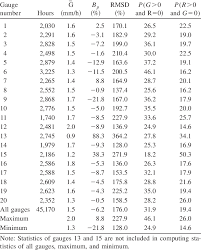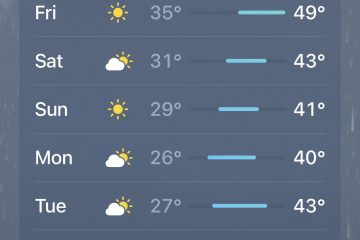The Significance of Rainfall Radar in Weather Prediction

Introduction
Rainfall radar is an essential technology in our understanding of weather patterns and precipitation forecasting. As climate change intensifies, accurate weather predictions are crucial for agriculture, disaster management, and urban planning. This technology not only helps meteorologists understand current rainfall but also assists in predicting future rain events, allowing communities to prepare and respond effectively.
What is Rainfall Radar?
Rainfall radar systems work by sending out radio waves that bounce off precipitation particles in the atmosphere. The time it takes for the wave to return and the signal strength provide data on the intensity and location of rainfall. Modern radar systems, like Doppler radar, can also measure storm movement and wind patterns, contributing to a comprehensive understanding of weather systems.
Recent Developments
In recent months, advancements in rainfall radar have significantly improved precipitation forecasting. The European Space Agency launched the Copernicus Sentinel-1 satellites, equipped with dual-band radar technology capable of monitoring water levels in rivers and lakes in near-real time. This allows meteorologists to predict flooding and implement timely alerts.
Additionally, innovations in machine learning are enhancing radar data analysis. Researchers at the University of Reading have developed algorithms that refine rainfall estimates, providing better data for weather forecasting models. Such improvements are vital as parts of the UK continue to experience unpredictable rainfall patterns, leading to occasional extreme weather events.
Impact on Society
The implications of accurate rainfall radar forecasting are far-reaching. For agriculture, timely rainfall predictions can aid farmers in optimizing their irrigation schedules and reducing water waste. For cities, understanding rainfall patterns can inform infrastructure decisions, such as drainage systems, to mitigate flooding risks.
Moreover, during periods of extreme weather, governments and emergency services rely on rainfall radar data to issue warnings and prepare for potential evacuations. The devastation caused by recent floods in various parts of the UK underscores the need for robust weather prediction capabilities.
Conclusion
In summary, rainfall radar technology plays a pivotal role in modern meteorology. As we confront the challenges posed by climate change and shifting weather patterns, continued advancements in rainfall radar systems will be essential for protecting communities and ensuring sustainable water resource management. As forecast accuracy improves, so does society’s ability to respond effectively to the ever-changing climate landscape.









